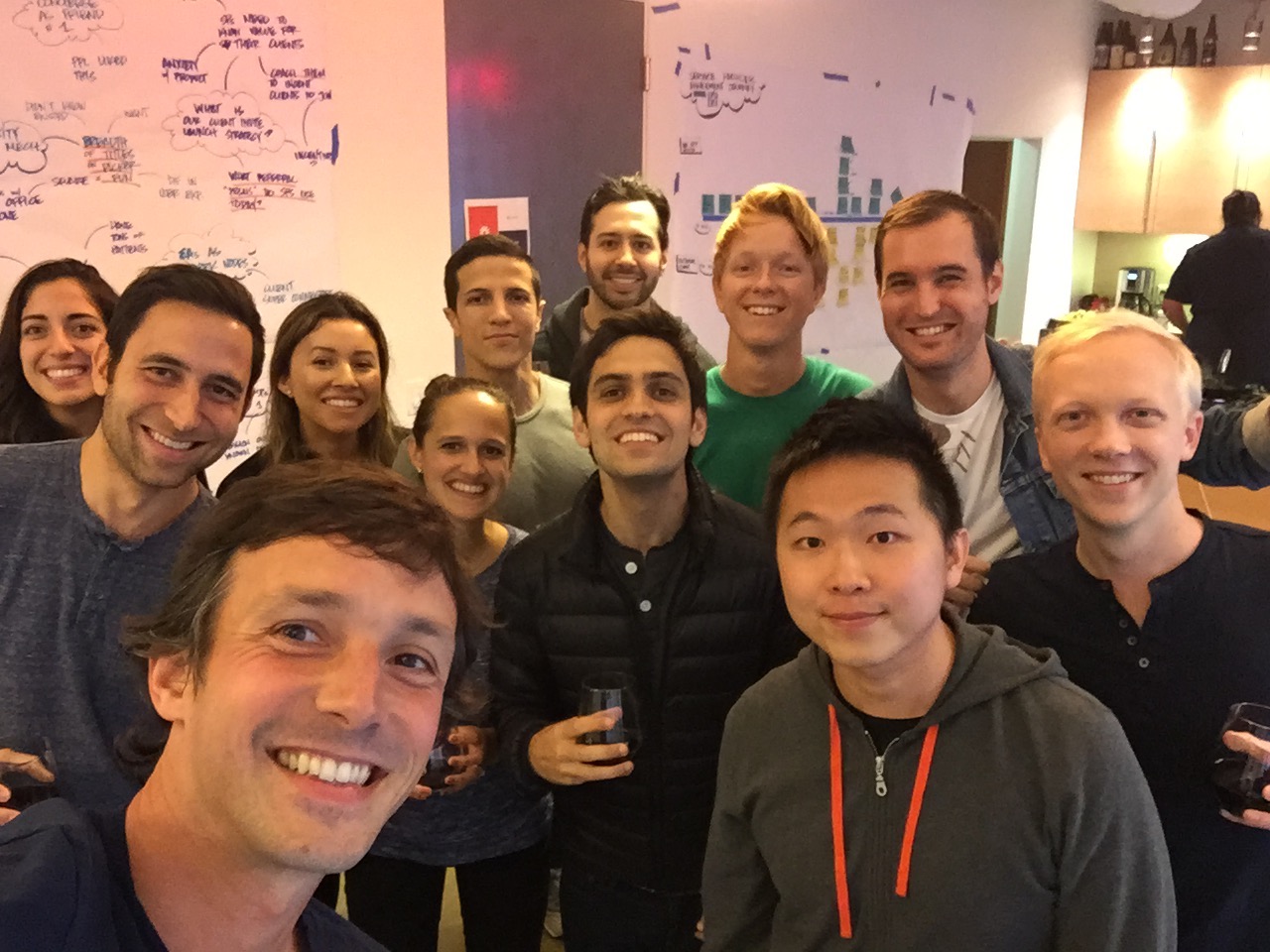Introducing Prefer
· 2 minute read
Today, we’re introducing Prefer – a platform for the future of independent work that we’ve been working on since 2015. I won’t rehash our launch post, which explains what we’re doing and why (and for even more, please read what my colleagues Scott and Andrew also had to say), but I want to add some additional color to how we’re approaching our mission from an engineering perspective.
Software to power the future of work
Having spent the first part of my career primarily working with great product thinkers, engineers, and designers, I’m excited to now add operators, strategists, and community builders to that list. At Prefer, great code and beautiful designs are necessary but insufficient factors to our long-term success; important as they are, they won’t make a difference if we’re not actually solving an acute need that we deeply understand as a company.
Surface area.
— Scott Belsky (@scottbelsky) December 10, 2014Suffice to say, we have our work cut out for us. We're building both a user-facing product, but also whatever technology is needed to power our community-building operations. The latter may end up being more important than the former. The software we build will be the primary way that our customers interface with Prefer, but will also be crucial in diagnosing which approaches we should be taking and when, and then sprinting towards them.
Distributed from the start
Unconventionally for a team of our size, Prefer has offices in both New York and San Francisco, with engineers on the ground in both locations. Building a distributed team from day one has its challenges, but also provides us with a few unique advantages (notably, hiring the best developers that we can in either location).
To account for the inherent overhead, we take measures like grouping meetings together on specific days to provide for as much uninterrupted development time as possible. As we’re regularly working across cities and timezones, I think our documentation, communication, and collaboration processes are advanced beyond what one would expect from a company as nascent as we are, and provide us more flexibility when it comes to travel, remote work, and general quality of life. We leverage great tools like Clubhouse and Quip to stay productive and in touch without letting the work around the work become a distraction. And we get both Mission-style 🌯 and New York City 🍕 (we make a point to spend lots of time together in person, and not simply spend it working).
Open source
Inspired by our friends at Artsy and Kickstarter, we hope to make open source a big part of how we approach day-to-day software development at Prefer. One of our core values as a company is to provide individuals with empowerment, and sharing what we build with the broader development community is one of the best ways I can think of for us to do exactly that.
I’m making this proclamation despite not having done anything towards this end yet, because that’s how strongly I feel about it.
Come join us
Including myself, there are only five developers working on Prefer, but we have grand ambitions for scaling our codebase as well as the team itself (did I mention that we’re hiring?). We approach the technical challenges ahead with collective excitement for software engineering as a craft, but more importantly, in service of the mission that our whole company has feverishly rallied behind.
With all of that said, I think it’s time to get back to work.

From left to right: Ariana Poursartip (Prefer alumnus), Scott Belsky, Julio Vasconcellos, Jessica Barreno, Alison Mora, Vítor Lourenço, myself, Rafael Dahis, Jack Cashion, Siong Ong, Kevin Grant, and Andrew Barr.
Not pictured: Michael Lapadula, Brian Truong, Nicolas Arqueros.
